Stereoscopic photography, a type of primitive 3D imaging and proto-GIF, dates back to the 1800s. Also called wiggle stereoscopy, or wiggle 3D, the technique makes for some great animated GIFs. Now The Current Sea, the creative duo of Sarah Zucker and Brian Griffith, are taking the stereoscopic GIF one step further. By running these GIFs through the neural network Pikazo, the artists are creating trippy stylistic mashups which flicker in a new type of psychedelic neural animation.
To create the stereoscopic neural network GIFs, Zucker and Griffith used photographs they each have taken over the last couple of years using a Nimslo 35mm camera, or use others from Google Images. First, they edit the film photos into GIFs, then animate the 3D effect. These works can be seen on the duo’s tumblr or in net art pieces.
Videos by VICE
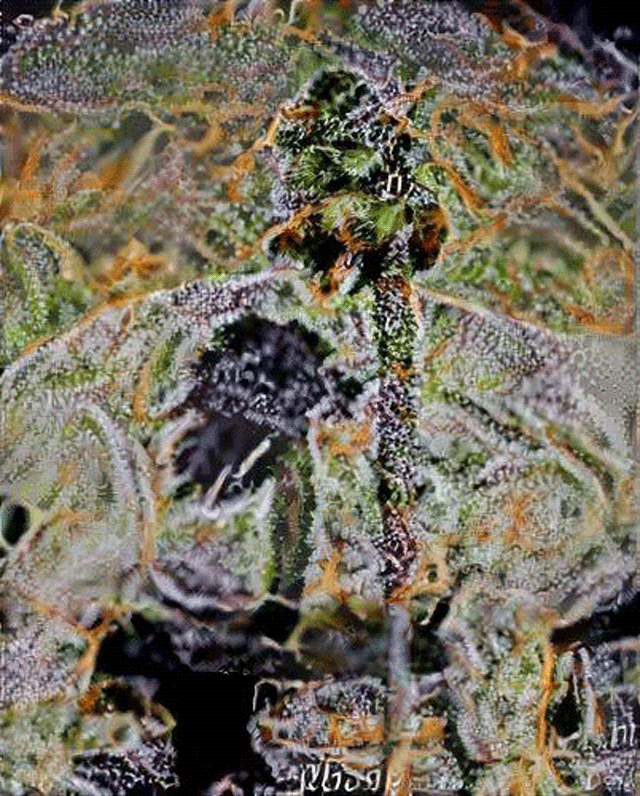
Cabazon Dino
When shooting original photographs, Zucker and Griffith have four frames all shot at the same time, but from slightly different angles. This is called parallax, and it’s the same optical phenomenon that allows eyes to process depth. After picking an animation focal point—an area that remains still as the rest of the image moves—Zucker and Griffith render the GIF.
“For the purposes of this project, I’ve been using the new Pikazo app, because it makes it easy for me to try out a lot of styles for each GIF to find the one I like, and then process all the frames in that style,” Zucker says. “Because I’m working with multiple frames, an app like Pikazo is a huge time saver, and allows me to experiment with a lot of different styles before I process all the frames of the GIF.”
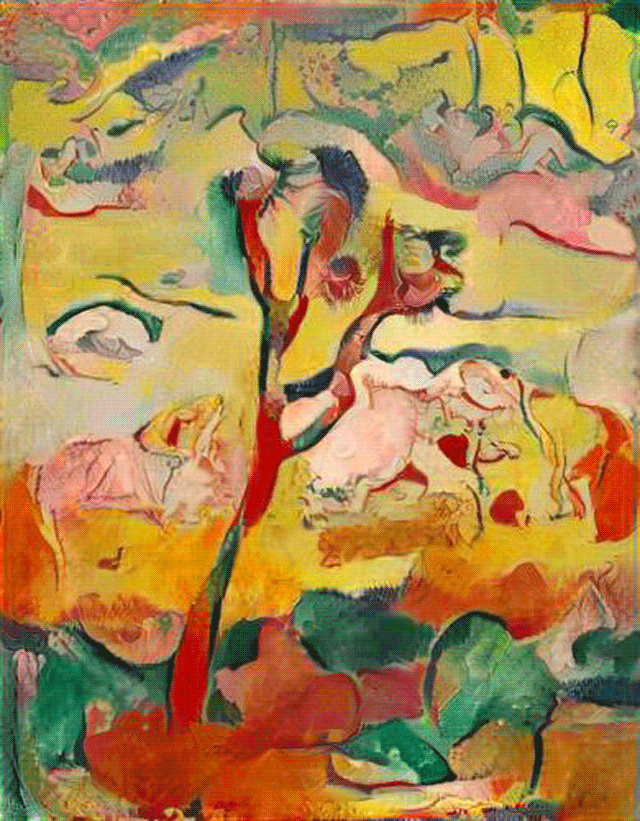
Joshua Tree Rotation
“I like to think through which sort of style would work best for the tableau, either narratively or stylistically, and then see if a style that matches my vision will actually mesh well with the original image,” she adds. “Not everything makes for a good image style, so you have to start thinking like the machine. Anything with a varied texture can bring a whole new sense of depth to the image, and Expressionist or Impressionist paintings seem to work really well because of their thick brushstrokes.”
The original stereoscopic images can lose definition depending on the style applied. So Zucker approaches this with a sort of expressionist perspective, aiming for a style that best matches the given subject matter or composition of the original GIF.
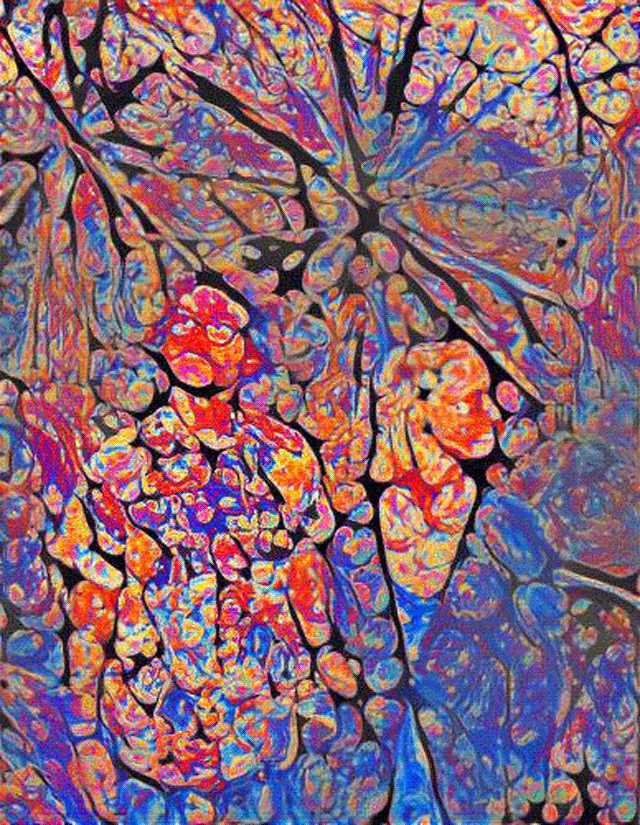
Crystal Friends
“I really like combining the style of a Matisse painting with the stereoscopic photos I shot in Joshua Tree, because he did so many great landscapes associated with the South of France,” Zucker says. “It feels both familiar, yet totally strange, to see the California desert in his style.”
“By using the loose framework of applying these styles to stereoscopic GIFs, I’m getting a good sense of how the styles work, and how you can get different outcomes between two frames that are only marginally different,” she adds. “I want to keep experimenting with neural networks, and harnessing their power on longer form GIF animations and videos to continue in this vein of digital surrealism.”
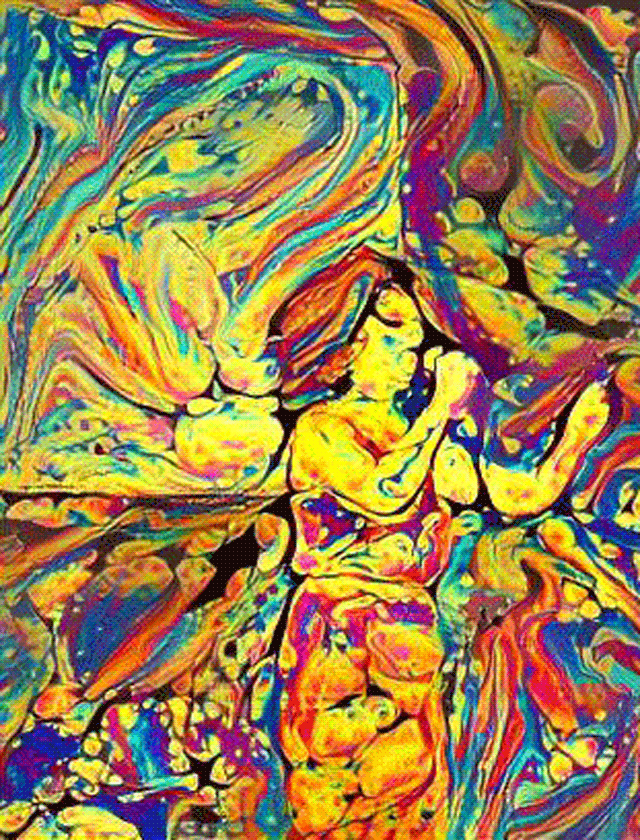
Funky Sole
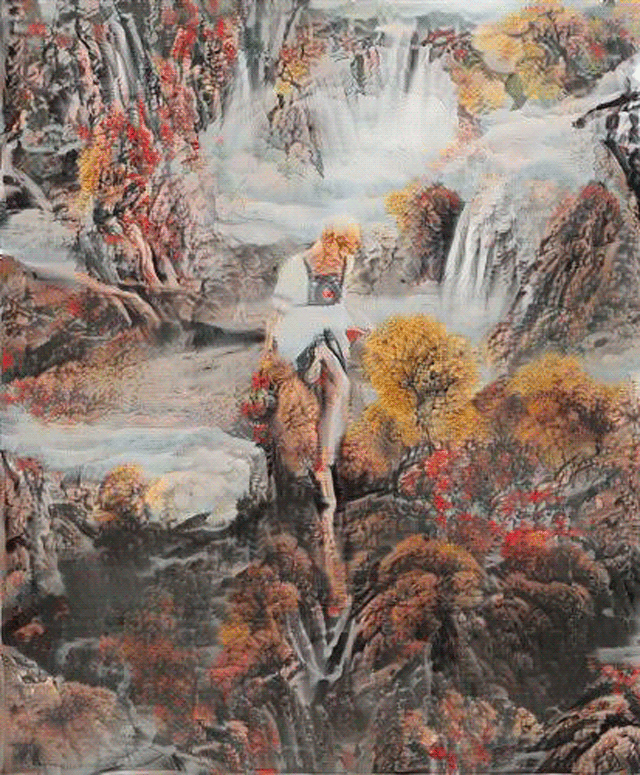
Neural Pond
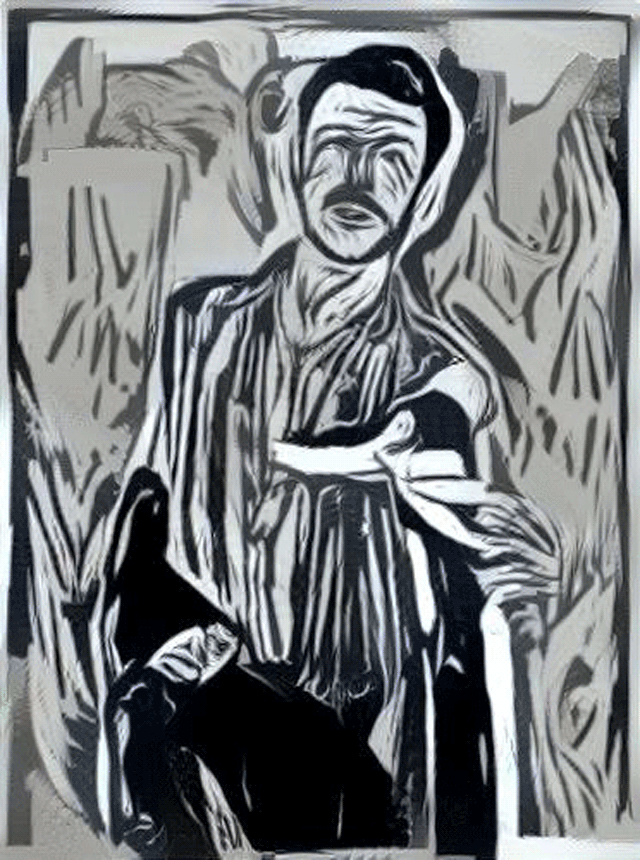
Patrick Woodcut
Click here to see more work by The Current Sea.
Related:
‘Pikazo’ App Lets You Paint Neural Network Art Masterpieces
Dive into Deep Dream Infinity in These Trippy Music Videos [Premiere]
